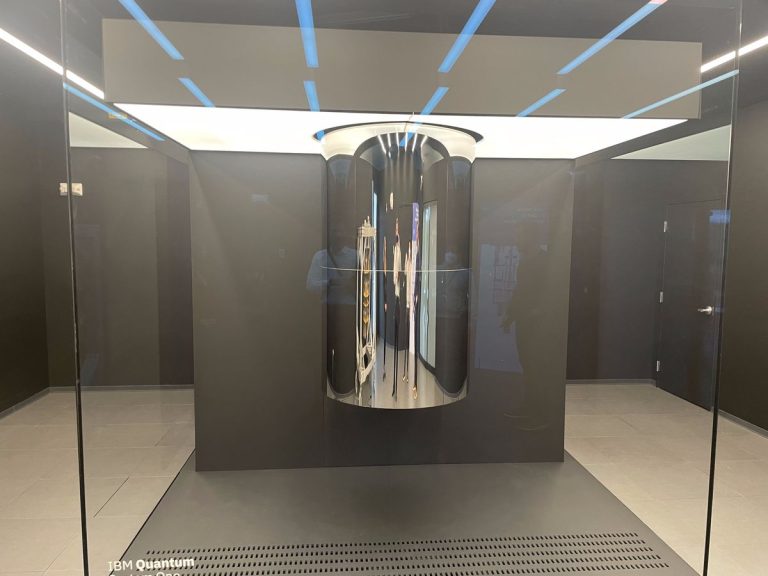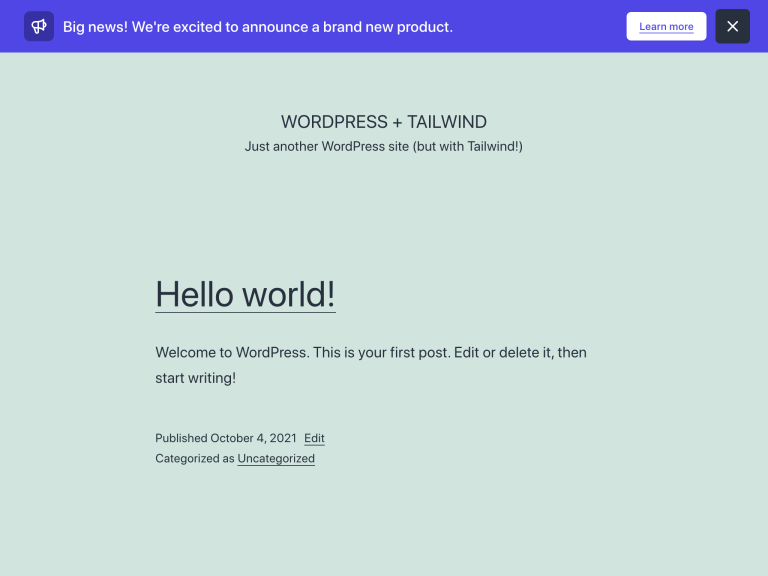Based on the news lately, it would seem like unions are growing.
Staffers at the Democratic Congressional Campaign Committee announced on Tuesday they had formed a union. This is after Starbucks workers last week reached 50 union wins across the country, and many more locations are slated to do so in the near future. According to the National Labor Relations Board (NLRB), about 250 total Starbucks stores, representing nearly 7,000 employees, have so far petitioned to unionize. And last month, workers at an Amazon warehouse in New York City defied all odds by winning their first union battle against the second-biggest employer in the United States. People are successfully unionizing across the economy, from retail to tech, and their wins are leading to even more union interest. Petitions for union representation in the first half of 2022 are up nearly 60 percent from last year.
This raft of union organizing, unthinkable just a few years ago, is happening against a very favorable backdrop, including a tight labor market, record inequality, and a pro-union administration, which extends to the leadership at the NLRB, the organization tasked with running union elections and enforcing labor law. Meanwhile, public approval of unions is at its highest level since 1965.
What we don’t know yet is whether these events are enough to meaningfully combat longstanding headwinds, from anti-union policy to the rise of gig work, that have caused union membership to decline for decades. Last year, amid a similar set of circumstances, the number of union members in the US went down by 240,000, leaving the rate of union membership at a low of 10 percent — half what it was in the 1980s. The pandemic has been a sort of double-edged sword for unions, giving people more reasons to organize and also causing union and non-union workers to lose their jobs.
It’s possible the psychic weight of union wins is bigger than their actual weight. A typical Starbucks only has 26 workers, and there hasn’t yet been public union activity at the vast majority of the company’s 9,000 corporate stores. After one Staten Island Amazon fulfillment center won its vote to unionize, a second sort center lost, and there are more than 800 Amazon warehouse facilities across the country.
It’s not clear where this will all net out. This year’s total union membership numbers won’t be available until the Bureau of Labor Statistics releases them early next year. Until then, we do know that a number of individual unions have been successfully bucking the trend in recent years by adding members. Labor organizers have done so by employing a variety of tactics, new and old, and could help other shops do the same. Labor experts laud unions’ efforts but say more is needed at a policy level to ensure these recent wins aren’t just a flash in the pan.
Is this sustainable?
By all accounts, now is as good a time as any for unions to organize.
The current climate bears a number of parallels to the 1930s, when the US saw its greatest union growth. As it did in that time period, the country has a pro-union administration, companies making huge profits, and employees keenly aware that they’re not sharing in those profits. The global pandemic, like the Great Depression, magnified the chasm between employees and big corporations. Meanwhile, a tight labor market and high level of quits in the ongoing Great Resignation have given workers more leverage, either to find better work or to form a union to make their jobs better.
There’s no silver bullet when it comes to the best way to organize. Strategies vary by who is organizing, in what industry, and when. There are, however, a number of good ideas going around.
In many cases, successful unions are organizing people who haven’t been organized before. They’re really just following the changing American workforce, which is increasingly made up of service industry workers.
“For a long time, there was a belief you couldn’t organize low-wage workers or part-time workers,” Patricia Campos-Medina, executive director of the Worker Institute at Cornell University’s labor school, told Recode. “Industry has changed. Our economy has changed.”
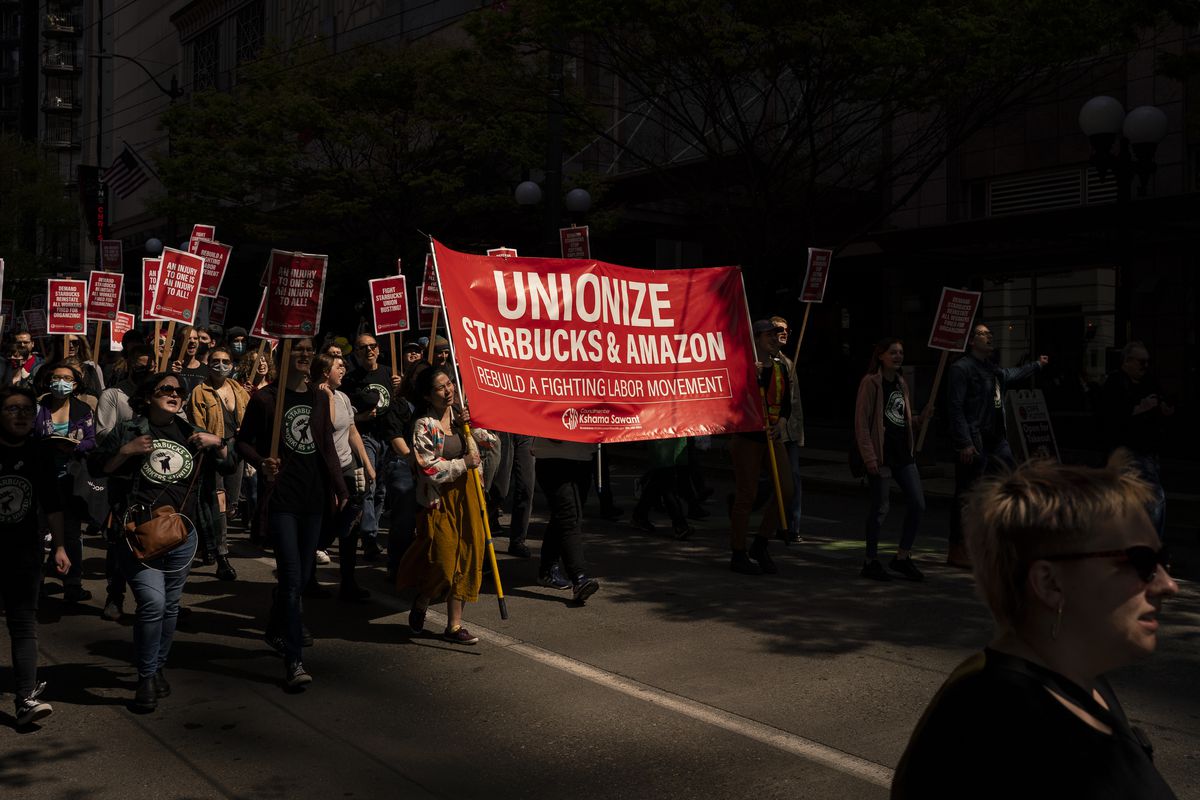
Unions that have gone after these growing sectors have had success, she said, pointing to unions like United Food and Commercial Workers Union and Workers United.
In recent years, Workers United, the parent of the Starbucks union, has been expanding into fast food as well as nonprofits and distribution companies. The union went into the pandemic with about 82,000 members; it now has 87,000, even though it, like many unions, lost members during the pandemic as companies shuttered and laid off staff. Its numbers don’t include the employees at newly unionized Starbucks because they don’t yet have a contract.
Part of what makes companies like Starbucks ripe for unionizing is that it is in an industry known for poor wages, working conditions, and benefits — and where improvements could mean the most. Things like dealing with extra costs from inflation, having to purchase PPE, or taking an Uber rather than public transit have a much bigger effect on people making $30,000 a year than they do for people making more. Additionally, the nature of their jobs puts these workers in close contact with customers — a dangerous prospect amid a global pandemic.
“When you work in an industry that has some of the lowest-paid jobs in all of industry such as the service industry or distribution or in traditional manufacturing, the effects of a global pandemic and the changes in how that affects your work are felt in a much greater way,” Richard Minter, Workers United Vice President, said.
These workers also feel some of the greatest dissonance with the leaders at their companies. The pandemic only exacerbated the divide. Retail workers put their lives in danger while their executives worked from home and their companies raked in huge profits. A Brookings analysis found that front-line workers saw negligible wage gains while their company shareholders got much richer.
These workers faced other downsides as well.
Minter relayed the story of workers at a production facility whose managers would scold them over the intercom about coming back from break a few minutes late or using the bathroom too much — while the managers were working from home. Workers in these industries are looking for recourse from those demeaning situations through unionization.
Another thing successful unions are doing is relying more heavily on worker-led organizing, as technology has also made it easier for the workers themselves to tell their stories and organize their colleagues.
“Their sphere of influence, because of technology and social media, allows a partner in Buffalo to have an amazing impact with partners in Miami, Florida, or Hialeah, or Phoenix, Arizona, or Mesa, or Seattle,” Minter said.
Starbucks Workers United is predominantly led by workers themselves, who organize new workers and even bargain their own contracts, though with assistance from Workers United. Amazon Labor Union is an entirely new union forged by Amazon workers. Its founder, Chris Smalls, and his fellow organizers understood precisely what workers at their warehouse needed because they are workers themselves.
Creating worker-led unions also means finding, teaching, and promoting union leadership from within — especially workers who demographically represent their workforce.
“I was a bartender and a busboy,” said Ted Pappageorge, secretary-treasurer of the Culinary Workers Union Local 226, a Nevada union that has members from 178 countries. “All of our folks came out of the ranks, like a lot of other unions, but we spend a lot of time developing leadership inside the rank-and-file and they have big-time decision-making [capabilities] when it comes to these organizing drives.”
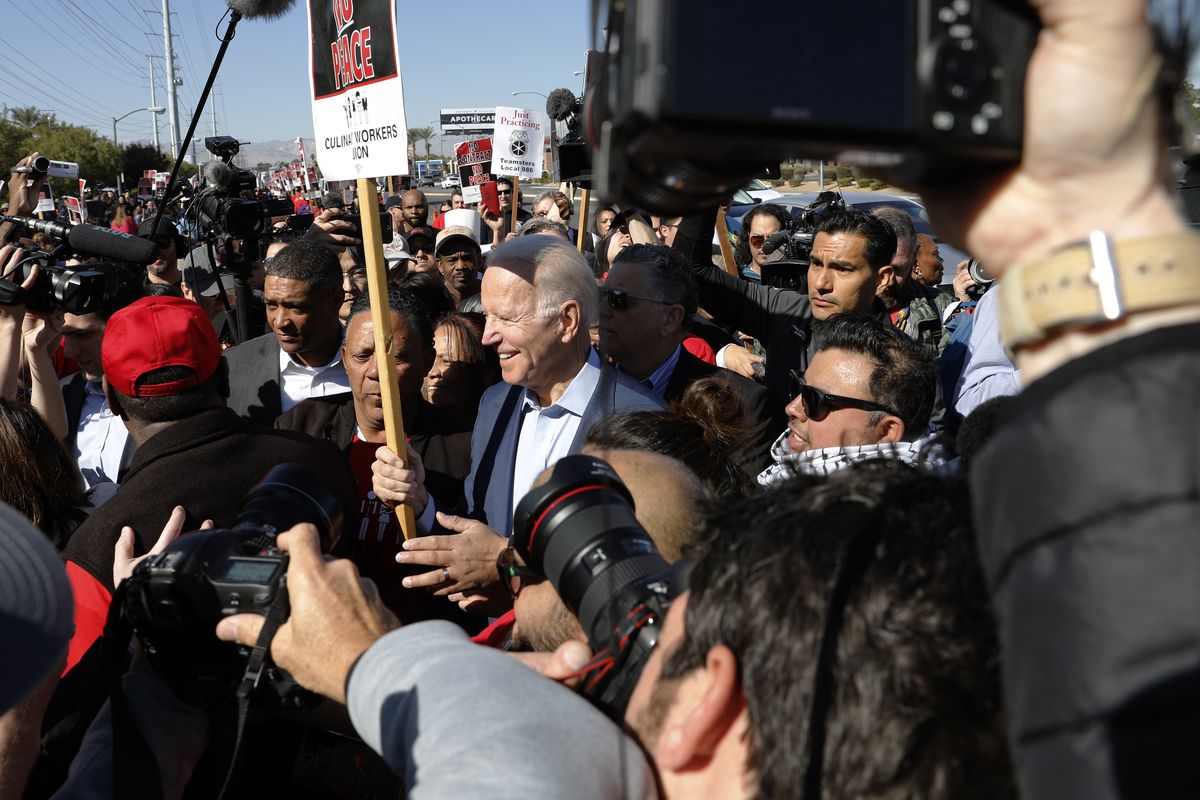
The Culinary Union has become such a powerful force that it helped sway Nevada for Biden in the last presidential election. The union’s membership is still down about 20 percent from pre-pandemic numbers because it works so heavily with resorts, which have been struggling as business travel slowly returns, but in the previous 25 years, the union had seen its size triple. Its parent organization, Unite Here, has faced similar losses due to its work in the hotel industry, but since the start of the pandemic has organized about 20,000 new workers into its union.
To represent a wider swath of Americans, unions like Unite Here have broadened the scope of issues they cover far beyond wages and benefits. For unions, that means everything from fighting for citizenship for undocumented workers to combating on-the-job sexual harassment to lobbying to cancel student debt.
They’ve also changed how they do things.
“We used to have a very formal formula about how many committee members you need per worker, when you could go public,” D Taylor, international president of Unite Here, told Recode. “I think some of those rules have definitely been loosened up because workers are anxious, they’re angry, and, if the job sucks, they’re not going to stay in it. You’ve got to take advantage of the moment.”
For union organizers, that means being more creative in their strategy, soliciting a lot more ideas from workers themselves, and going faster. It also means taking risks they hadn’t before. In some cases lately, Unite Here has been striking for recognition, rather than going through the process of a union vote, which puts their paychecks in jeopardy. They’re also going public with campaigns earlier, which can help them seize the moment but also gives employers more time to fight against the union.
Real growth requires updating union law
We don’t yet know if this movement has staying power, but many experts believe the US needs updated labor policies if organized labor is going to grow in the future. Union laws haven’t been updated significantly since 1947, when lawmakers updated the original National Labor Relations Act to be more anti-union, Wilma Liebman, former chairperson and longtime member of the NLRB, said.
“Unfortunately, labor law reform has been tried and failed for decades,” Liebman said.
Current interpretation of union law makes forming a union incredibly tough. Even if workers manage to unionize, companies can find a variety of ways to stall and aren’t compelled by law to agree on a first contract.
For starters, there needs to be better enforcement of existing law, according to David Weil, dean and professor at Brandeis University’s policy school. That means “making sure that, during the course of a union election that both sides — the union side in particular — has the opportunity to make its case and that the management side is not allowed to use its disproportionate impact on scaring workers out of ultimately agreeing to a union,” Weil said.
The current general counsel of the NLRB, Jennifer Abruzzo, is working on leveling the playing field by opposing captive audience meetings, wherein companies can force workers to listen to anti-union rhetoric while on the clock. She also wants to revive the Joy Silk doctrine, which would require unions to show majority support without having to go through a formal election.
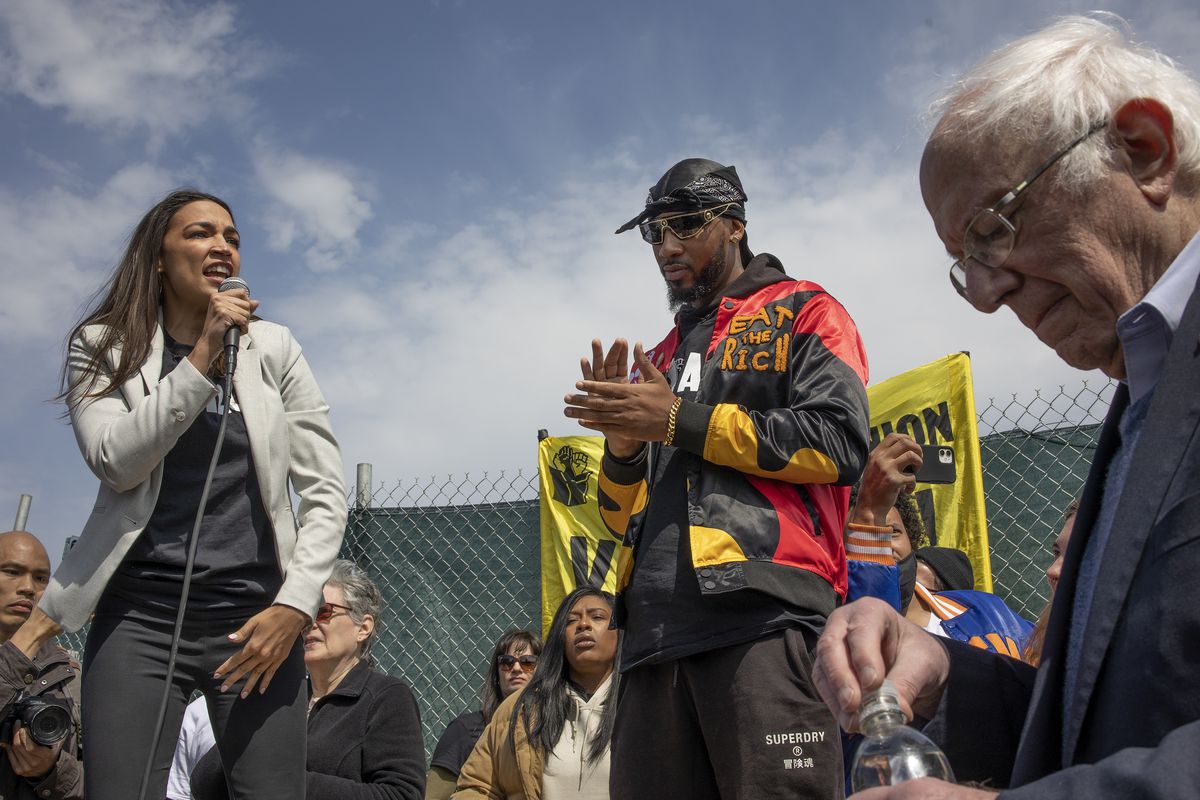
It would also help the cause if the NLRB had more power. If a company does something potentially illegal to influence the election, such as Starbucks saying they’re raising wages for non-union workers, unions can file unfair labor practice charges with the NLRB. The Starbucks union has already filed 112 unfair labor practice charges against the coffee company. But if the NLRB finds the company to have behaved illegally (as it recently did with Starbucks) there’s little the agency can do beyond a slap on the wrist and asking them to do better next time. As punishment for a pattern of intimidation and retaliation against union organizers, the NLRB asked the company to read a notice to workers explaining their rights, to reinstate and provide back pay to fired workers, and to give the union equal time to make its case.
The existing law also requires unions to organize by company, rather than by sector, which scholars have argued puts union companies at a disadvantage and lessens overall union membership. To make matters worse, some state laws let employees opt out of unions and union fees. The PRO Act, which was passed by the House last year, would go a long way toward remedying some of these issues and making it easier to unionize, but that legislation has been stalled in the Senate, where it’s unlikely to pass.
In the meantime, extra-union activities are helping shore up the gaps. Campaigns like Fight for $15 and a Union, the Workers Defense Project, and the Nail Salon Minimum Standards Council Act are attempting to get better standards, pay, and benefits for different segments of workers around the country. The incremental benefits such programs have gotten help raise the floor for all workers, and provide a better platform from which to unionize, according to Sarita Gupta, co-author of The Future We Need: Organizing for a Better Democracy in the Twenty-First Century.
“It starts to expand people’s notion of what they should be demanding in this moment, what they can be demanding,” Gupta said. “It sets the unions up to be able to talk to more workers, meet their immediate economic demands, and also begin that conversation about, ‘What would it look like if you had more of a sustained voice in your workplace?’
While the data showing declining membership numbers through 2021 tells one story about the state of unions in America, there’s a harder to quantify shift in organized labor happening. Just how drastic that shift is will decide where the labor movement goes from here.


